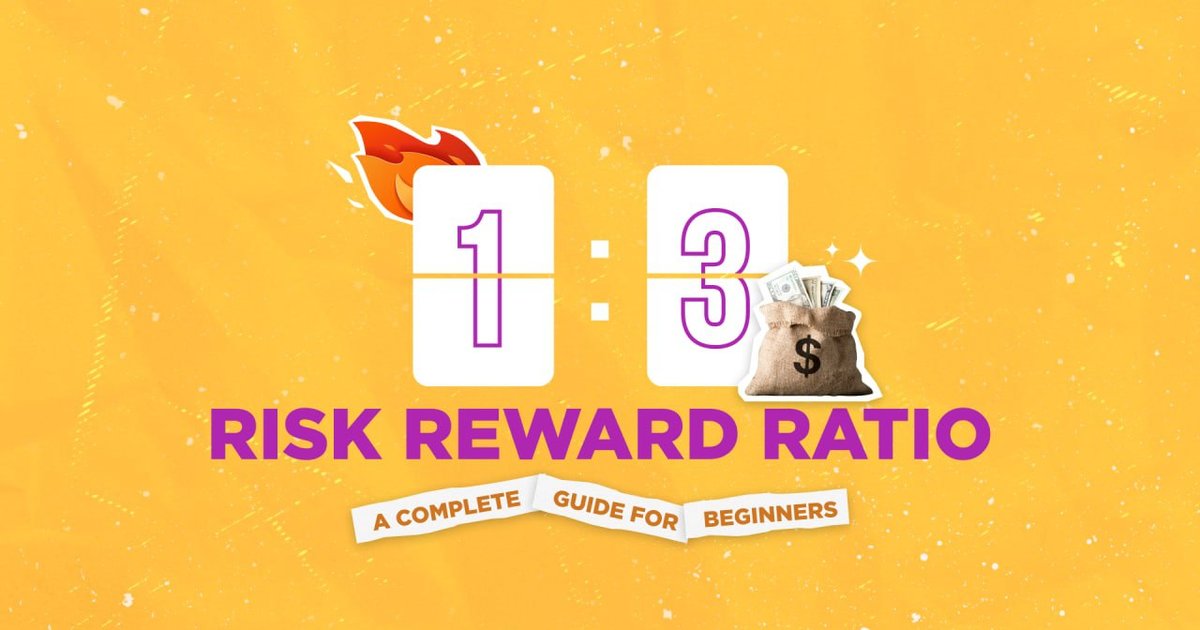Scalping vs. Swing Trading: Which is More Profitable?
Scalping and Swing Trading are two popular Forex trading strategies, each with its own set of characteristics, advantages, and challenges. The profitability of each strategy depends on various factors like market conditions, risk tolerance, trading skill, and personal preferences.
Here’s a detailed comparison between Scalping and Swing Trading:
Scalping: Quick and Frequent Trades
Definition:
Scalping involves making numerous trades within a very short period, typically minutes or seconds. The goal is to profit from small price movements by opening and closing positions rapidly.
Characteristics:
- Trade Duration: Very short (seconds to minutes).
- Number of Trades: Very high; traders may place dozens or even hundreds of trades in a day.
- Profit per Trade: Small; profits are made from tiny price movements, often measured in pips.
- Risk: Higher, due to the frequency of trades and the need to manage tight stops and rapid market fluctuations.
- Capital Requirements: Typically requires more capital due to the need for high leverage and margin to control small movements.
Advantages:
- Frequent Profits: By executing multiple trades, scalpers can accumulate numerous small profits, potentially leading to large gains.
- Lower Exposure to Market Risk: Since trades are held for only a short time, there is less exposure to overnight or longer-term market fluctuations.
- Potential for High Returns: If executed well, scalpers can achieve high returns with minimal price movement.
Disadvantages:
- Requires High Focus and Speed: Scalping demands constant monitoring of the market, quick decision-making, and execution.
- High Transaction Costs: Frequent trading leads to higher commissions and spreads, which can eat into profits.
- Mental and Physical Strain: Scalping can be exhausting, requiring intense concentration over long hours.
Ideal For:
Experienced traders who can handle fast-paced environments and have a high tolerance for stress. It’s ideal for those who can dedicate substantial time and focus on the market.
Swing Trading: Medium-Term Profits from Larger Movements
Definition:
Swing trading involves holding positions for several days or weeks, aiming to capture price swings or trends. Swing traders typically focus on medium-term price movements rather than quick intraday fluctuations.
Characteristics:
- Trade Duration: From several days to weeks.
- Number of Trades: Relatively low; typically, a swing trader may make a few trades per month.
- Profit per Trade: Larger profits, as traders capture bigger price moves.
- Risk: Moderate, as positions are held longer and there is more exposure to market fluctuations.
- Capital Requirements: Generally requires less capital than scalping since trades involve larger moves and don’t rely on high leverage as much.
Advantages:
- Less Stressful: Since positions are held for days or weeks, it allows for a more relaxed pace compared to the rapid decision-making required for scalping.
- Lower Transaction Costs: Fewer trades mean lower transaction fees, which reduces the cost of trading.
- Capturing Larger Moves: Swing traders can profit from bigger price movements, allowing for more significant profits from fewer trades.
- Flexibility: Swing traders can analyze the market during off-hours and don’t need to be glued to their screens as often.
Disadvantages:
- Longer Exposure to Market Risk: Positions are held for a longer duration, which means they can be impacted by adverse market movements.
- Requires Patience and Strategy: Swing trading requires patience as positions may take time to mature, and traders need to identify the right entry and exit points.
- Potential for Overnight Risk: Holding positions overnight exposes swing traders to risks, such as unexpected news or events that can cause sharp market moves.
Ideal For:
Traders who prefer a more strategic approach and are willing to hold positions for days or weeks. It’s ideal for people with full-time jobs or those who don’t have time for minute-to-minute monitoring.
Which is More Profitable?
The profitability of scalping vs. swing trading depends on various factors:
- Market Conditions:
- Scalping is more profitable in a highly liquid market with tight spreads, like the Forex market during high volatility.
- Swing trading benefits from trending markets, where longer-term price moves provide substantial profit opportunities.
- Skill Level:
- Scalping requires advanced technical analysis, quick decision-making, and strong discipline to avoid losses from small fluctuations. If done correctly, it can be highly profitable, but mistakes can quickly accumulate.
- Swing trading demands a deep understanding of market trends, chart patterns, and patience to wait for favorable setups. It may be more suitable for traders who don’t want to constantly monitor their positions.
- Risk Tolerance:
- Scalping involves more frequent exposure to market risk due to the high volume of trades, making it riskier for beginners.
- Swing trading involves fewer trades but exposes traders to larger market moves, so it requires a good risk management strategy.
- Time and Commitment:
- Scalping demands more time and dedication due to the need for constant monitoring and decision-making.
- Swing trading is less time-consuming and may be more appropriate for traders who have other commitments.
Final Thoughts
- Scalping is highly profitable for experienced traders who can execute trades with precision and manage risk effectively. However, it requires a lot of focus, skill, and discipline.
- Swing Trading may be more suitable for traders who prefer a more laid-back approach, allowing them to capture bigger price moves with fewer trades. It is often less stressful and requires less time commitment than scalping.
Ultimately, the profitability of each strategy will depend on the trader’s personality, trading style, and market conditions. Many successful traders may even combine elements of both strategies to diversify their approach.




